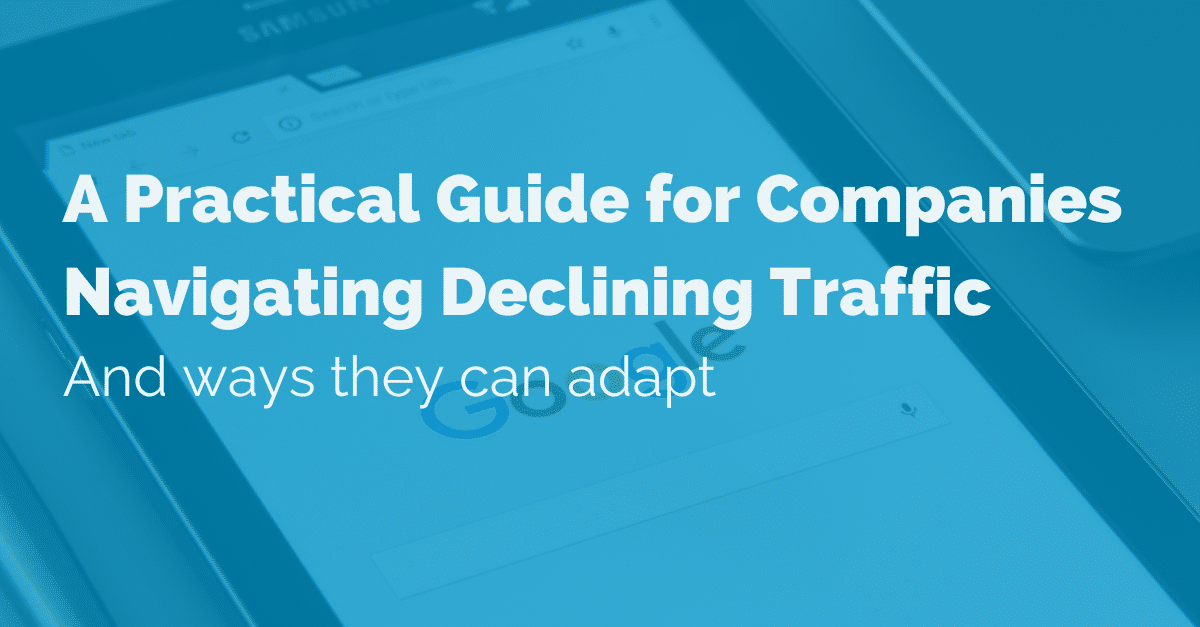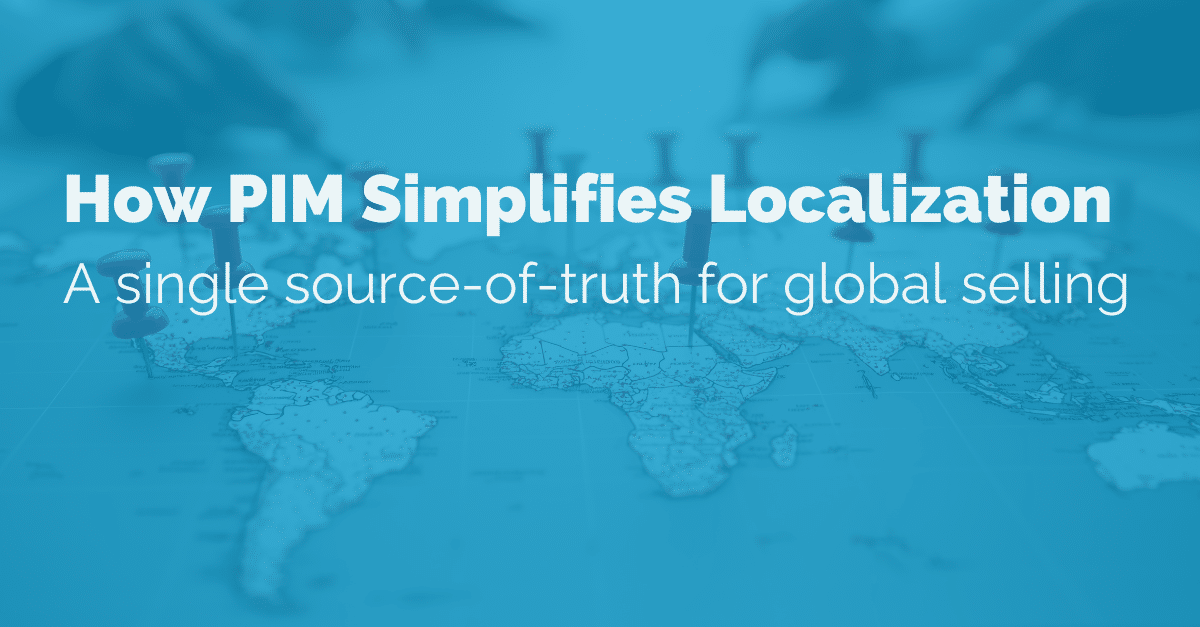The need for online shopping product managers has increased in this fiercely competitive sector, along with the necessity for companies to develop effective product eCommerce strategies. These strategies have to be constructed and planned based on concrete data so there is little to no room for data.

Since it’s the first thing customers see when they arrive, the homepage design receives much attention when creating an online business. However, the actual objective of any e-commerce website is to generate sales, and you can only do that with excellent product pages.
The worth proposition of a highlighted product is rendered more identifiable on effective product pages.
They give prospective buyers a visual representation of a product, describe how it feels, and convince them they must have it. The best product detail pages are also personalized for each customer that comes onto the site based on demographic, age, interests, etc. Advancing technology is allowing the personalization experience to become more adept.
What to do
When visitors arrive on your website, they browse through the different category pages before clicking on one of the products. It’s crunch time, and you need to have well-designed eCommerce product pages to enhance stickiness. It would help to learn that the website is both essential and manageable with content.
Customers can’t see, feel, or even wear your items before making a purchase. So, the layout and content of your brand’s product detail page dictate whether or not a visitor becomes a customer.
So, let’s move forward and see what product management differences exist in eCommerce and how they are shaping the industry.
eCommerce product: What is that?
According to digital research, the typical user visits less than 54 seconds on every page across all industries. It would help if you had less than a minute to make an impression and provide your facts succinctly. It is easy to see why product pages require appealing content.
In actuality, each second counts throughout the conversion process. Therefore, you must make the most to get the attention of your visitors. Testing and perseverance are needed to perfect your game. High-quality product material is also quite crucial while making online purchases.

A products eCommerce page has all the necessary details about a product a consumer is interested. For example, it is where you’d find items such as a description. Also, you can find the features of the item, pictures, the price, frequently asked questions and more. The most significant product pages may assist buyers in getting through the barrier that comes with online purchasing since they can’t physically view, touch, or use the item before buying.
What does this mean?
Product detail pages are crucial in product management eCommerce as they provide essential information about items, influencing consumer purchasing decisions. They offer in-depth descriptions, specifications, and visuals, enhancing customer understanding and confidence.
These pages also boost SEO, increasing visibility and driving traffic. By effectively presenting products, they can significantly enhance user experience, build brand trust, and ultimately, increase sales conversions.
Therefore, the website must have all the necessary information and ease any concerns the buyer may have about purchasing from an online company. A product page fulfills a variety of diverse functions, such as:
- Create Trust: Well-designed product information pages account for clients’ queries or worries, reducing uncertainty about their purchase.
- Give Thorough Product Details: Important information about the product, such as its features, advantages, measurements, and specs, should be included on the page.
- Boost Conversions: The likelihood of a sale increases through educating the consumer, creating trust, and emphasizing product features and advantages.
Product data management eCommerce is the smartest eCommerce you can practice.
What is product management in eCommerce?
To create goods that match client wants and bring in money for the company, product management requires monitoring the product roadmap or the complete lifespan of a product from its inception to its end. Cross-functional collaboration among marketing, design, and technology teams is required to create, launch, optimize, and promote goods.

The same fundamental ideas are involved in product management eCommerce, but it’s specialized for the whole online purchasing experience, from finding products through checkout and after-sale assistance. Consumers today have high standards for their online shopping experiences. They are expecting easy navigation, individualized product suggestions, and quick customer service. By investing in efficient eCommerce product management, firms may better satisfy customer expectations and build a more devoted following.
The most efficient product data management eCommerce also considers keeping up with customer needs, tracking the most recent products eCommerce trends, and tracking the competitive landscape because the world of eCommerce is constantly evolving.
The price to launch a new product might vary greatly depending on the sector or brand. However, it typically ranges between $20,000 and $500,000. For a business of any size, that is a significant investment that you don’t want to lose through a botched launch.
The solution
Product management is helpful in this situation. Instead of assuming that a new product would satisfy customer wants or find a market, eCommerce product management creates a plan to position new items for online success right away, lowering the chance of product failure. This approach gained traction due to research into the digital market that worked to identify the specific demands and differentiators of online consumers.
Additionally, as consumer requirements change and eCommerce rivalry increases, product management may help firms stand apart from the competition and draw in and keep customers. By streamlining product offers, cutting down on time to market, and enhancing inventory control, product management helps firms run more efficiently.

Product management tools: Best of 2023
Product managers must wear multiple hats since the industry is diverse and ever-changing. The position is fast-paced and comprehensive and requires gathering and managing ideas to create a product strategy, from working on user research to organizing intricate procedures and workflows. Without further ado, here are a few of the most excellent eCommerce product management tools, covering everything from road mapping, user data analysis, and feature flagging to collaboration and project management.

ProdPad
The leading platform for product management is ProdPad. It is popular given the wide range of features and functions available, not to mention the gorgeous UI. Lean road mapping, idea finding and management, and client input management are the three main pillars of the ProdPad platform.
ProductPlan
ProductPlan is a roadmapping and teamwork application that helps you align your team so you can create what matters. You may build and share endless roadmaps with this helpful product management tool, switching between the timeline, list, and tabular views as you see fit. You may explore the vast template collection if you don’t want to start from the ground up. The drag-and-drop designer makes it simple to construct and customize as you go.
Pendo
Pendo markets as a platform for uptake of eCommerce products and operates with customer delight in mind. It offers feedback management with analytics to help product teams improve the general consumer experience.
Productboard
Another specialized tool for product management, Productboard prioritizes features, creates roadmaps, collects customer input, and validates concepts. All the tools required to develop a user-centered product!
Split
Split enables product teams to provide more frequently, initiate without fear, and explore to see what consumers love or hate. They are what is known as an attribute flagging tool.
FullStory
A Digital Experience Intelligence (DXI) platform, FullStory, collects and examines quantitative and qualitative data. Product teams utilize technologies like FullStory to enhance the user’s product experience, improving operational effectiveness, customer retention, and revenue generation.
Trello
Trello is one of the more potent project management applications that aim to improve department teamwork. They allow you to manage various projects and activities by enabling you to build boards, lists, and cards. To have a clear picture of everything happening, you can also set up calendars, create checklists, and assign indicators for productivity.

Product management difference
People frequently mix up product managers with project managers, even within the same industry, such as software, where both are employed. However, the duties are highly dissimilar. The goal of product management is to supervise the creation of products inside a company. Managing the whole product lifetime, from the analysis phase through release management, is a part of this.
Teams improve from project management’s ability to plan and carry out activities inside a project. Improvement entails overseeing stakeholders, tasks, and development, completing the project, and putting the essential instruments for success in place. Project management also emphasizes teamwork and promotes it using tools and team-building activities.
Although product and project management focus on turning ideas into results (vision to value), their frames of reference and mindsets differ. For instance, compared to project life cycles, product life cycles are often longer.
It cannot be easy to distinguish between standard product and project management since the skills and methods used might be as distinctive as the goods and services start to roll out. Therefore, for the sake of this post, we will talk about the expected behaviors and tendencies seen in around 75% of situations.
Because of this, it is more of an exception than a rule when product managers utilize earned value (EV) to monitor product development progress. Most project managers are not experts in user experience (UX), market trends, or competitive analyses. However, some may be.

Bottom Line
Product management may be one of the most challenging and elaborate tasks of managing an eCommerce business. However, using the efficient product data management eCommerce tools mentioned above, you can quickly scale your business by targeting your desired market. If you still require more assistance, contact us at Pimberly for the most skilled services.
















